The most recent data on revolving consumer credit showed a record decline by $28 billion in March. That will continue to get worse as April and May data come in. Essentially, consumers will spend much less and lending standards will keep tightening.
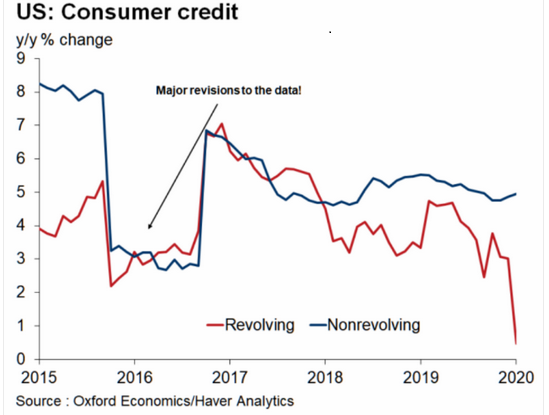
Of course, the skyrocketing unemployment rate will do little to end the spending slowdown. Ultimately, corporations with fewer and fewer employees will see less and less revenue. Soon thereafter, thousands of corporations will seek bankruptcy protection.
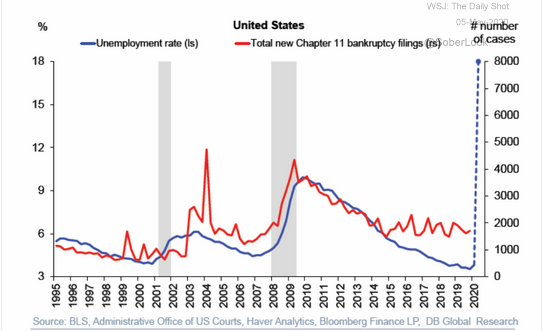
Maybe the federal government will “bail out” the airlines. Still, at the rate market participants are dumping the corporate debt of United (UAL), there seems to be some concern whether or not certain companies will survive.
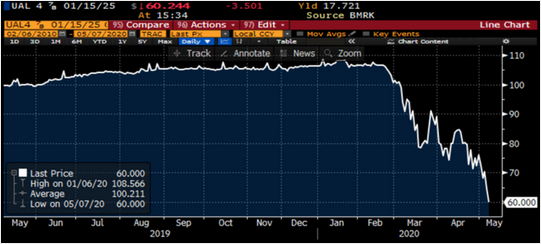
Can the Federal Reserve or the federal government really bail out everybody? From energy to basic materials, brick-n-mortar retail to restaurants, transports to auto, commercial real estate to lending/financials, tourism/airlines/cruises/hotels to consumer discretionary?
There are areas less affected by the deepest recession since the 1930s. Life sciences, tech, “stay-at-home/work-from-home” winners as well as consumer staples.
That said, the extraordinary fear of missing out (FOMO) on the hottest trends is likely to jump the shark. The Nasdaq is now positive for 2020 and the S&P 500 is less than 14% from all-time records. Indeed, the 2020 stock bubble is alive and kicking.
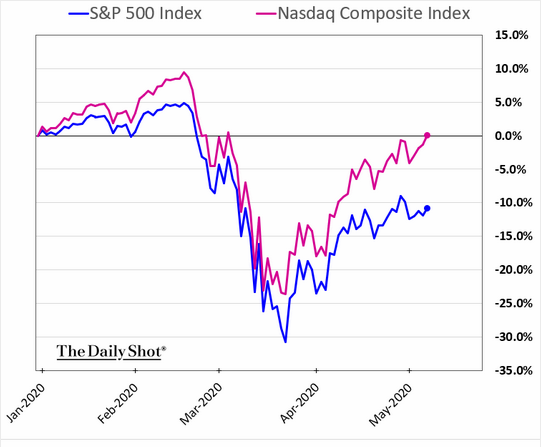
What about going forward? Any sensible assessment on the revisions to corporate earnings would point out that the deterioration of profits will worsen.
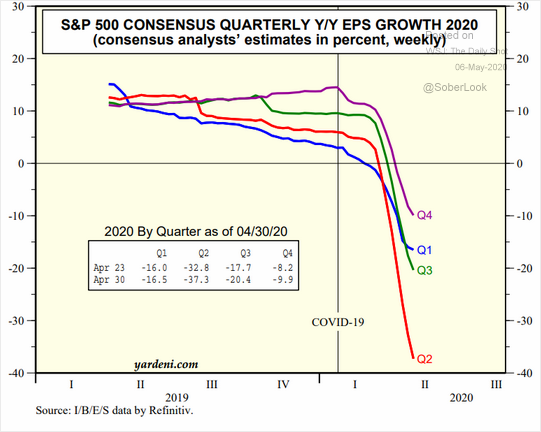
Lower earnings. Higher prices. Highest forward P/Es in the murkiest forward environment ever. What could possibly go wrong for the stock bubble?
Would you like to receive our weekly newsletter on the stock bubble? Click here.
